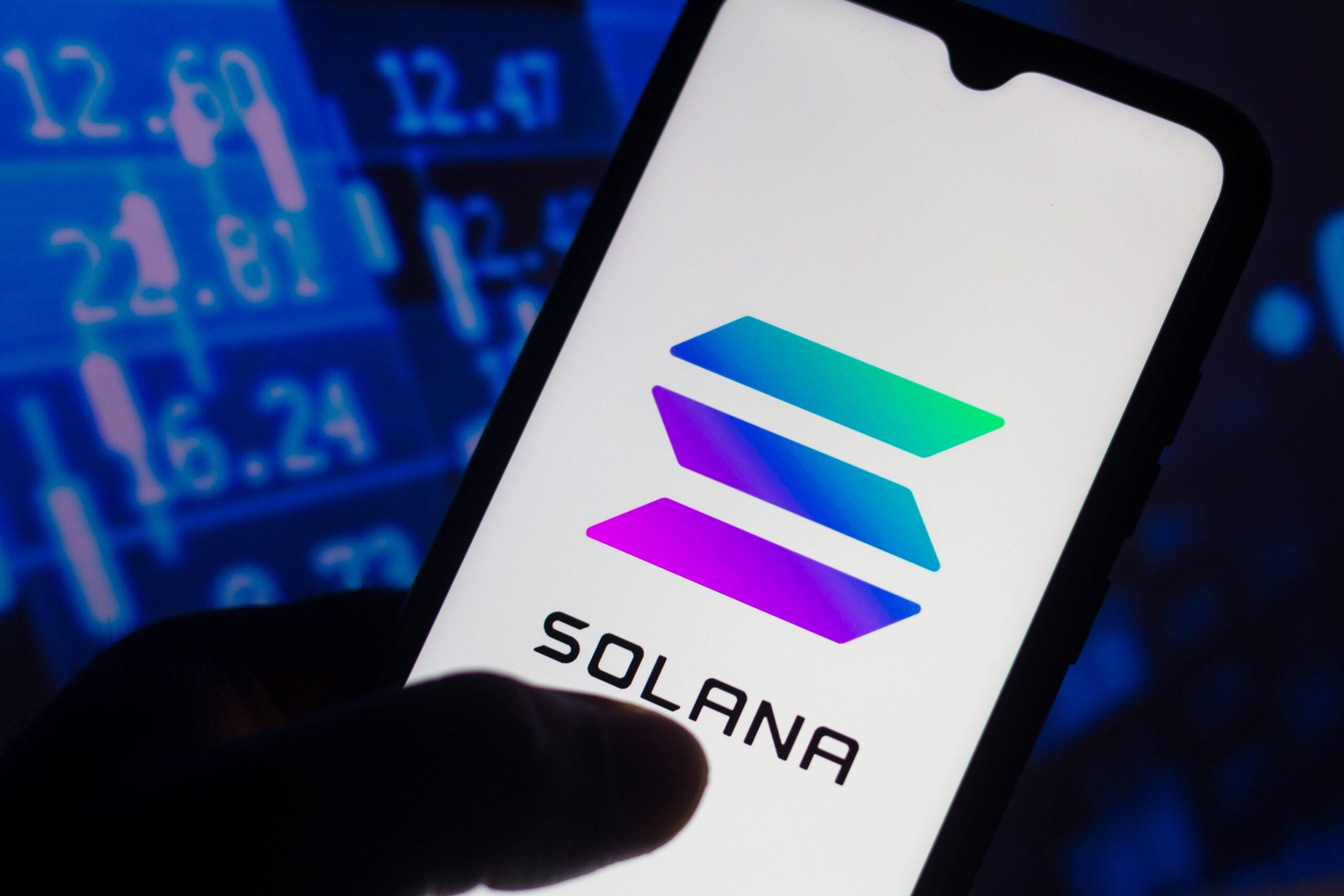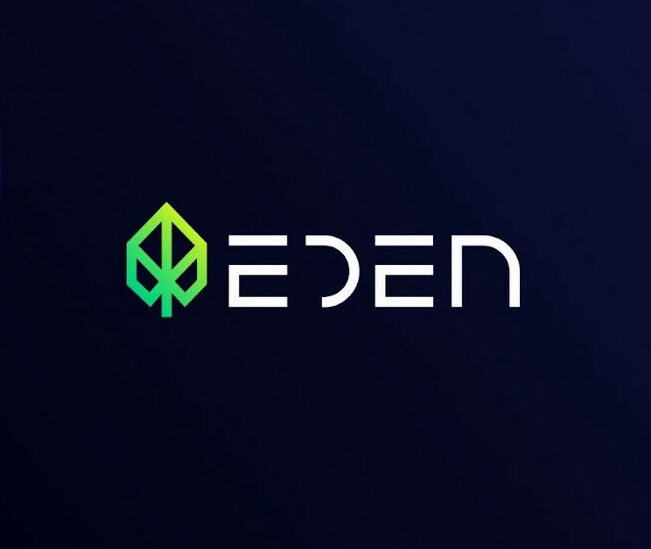Ethereum vs. Solana: What You Should Know Before Investing
May 2, 2022
Ethereum vs. Solana is a common debate amongst investors and crypto enthusiasts. Both are very popular blockchains and top market players in the crypto space.
Ethereum is the second biggest crypto and one of the essential catalysts in creating decentralized applications (DApps), NFTs, and DeFi projects.
Solana was launched more recently – in 2020 however it has a rightful top place in the market. Many call Solana the “Ethereum killer” and believe the project will outperform Ethereum to gains a vast market share.
Cryptocurrency may be a rewarding investment, but it can be challenging to know which ones are the best buys with thousands of cryptocurrencies. Today, we will analyze Ethereum and Solana and help you decide if you should invest in these projects.
Ethereum vs. Solana: Key Differences
Ethereum and Solana utilize different consensus algorithms for their blockchains.
Ethereum uses Proof of Work (PoW) like Bitcoin. In PoW, miners compete to solve complex math problems. Any miner who solves the problem first updates the blockchain by adding a new block to the chain and gets rewarded with coins. Mining requires an enormous amount of computing power and, thus, electricity.
Many criticize PoW for its negative environmental impact due to electricity and electronic waste. Another issue with PoW is low throughput and slow transaction speed.
The main reason why Solana is called an “Ethereum killer” is its high speed. The Solana network uses Proof of History (PoH) and Delegated Proof of Stake (DPoS) to perform fast and cheap transactions. The main idea under PoH is that it creates a historical record that proves that an event has occurred at a specific time. Validators keep track of hashes in chronological order, and they process transactions as they come without waiting for a block to be filled. They verify the time between two events cryptographically. That helps Solana support smart contracts and DApps at a faster and cheaper cost.
It’s worth mentioning that Solana is more environmentally friendly and sustainable. In contrast, Ethereum’s current PoW approach necessitates the usage of massive computing power.
The Ethereum upgrade to PoS in 2022 is something that everyone in the crypto community is looking forward to. An execution layer (formerly known as Ethereum 1.0) and a consensus layer will make up a new type of Ethereum – Ethereum 2.0. It can dramatically enhance throughput, scalability, transaction fees, and power usage.
Blockchain Trilemma (Decentralized, Scalable, Secure)
The Blockchain Trilemma refers to the challenge of creating a scalable, decentralized, and secure blockchain at the same time. According to the trilemma, one out of three facets will always be compromised.
Solana and Ethereum are different in two key areas of blockchain development: speed and transaction costs. The topology of Ethereum’s network limits transactions per second to 15-30, resulting in a bottleneck and expensive gas prices. On the other side, Solana can handle a lot more, up to 50,000 per second, and its fees are only $0.00025.
While Solana outperforms Ethereum in scalability by being faster and cheaper, it has disadvantages in decentralization and security.
Solana is not well decentralized: the ETH network has over 200,000 validators, while the Solana network has only 1,000 validators. The more validation tools you have, the more secure your network, and Solana is not good with that.
Bad decentralization leads to problems with security. In September 2021, Solana experienced 17- hours of outage due to DDoS attacks and validators not being able to reach a consensus. Even though the funds were not stolen, they were locked and unavailable to investors. The problem with network outages, security concerns, and centralization is Solana’s biggest problem.
Ethereum vs. Solana – Which One is the Better Investment
Ethereum and Solana are projects to keep an eye on from now and years beyond.
The number of decentralized apps developers bring to Solana’s network will most likely determine if Solana will continue being huge in the crypto space. Solana also appears to have the speed and efficiency to remain valuable in the future, potentially making it a long-term winner.
Nevertheless, Ethereum is the second-most-popular cryptocurrency right after Bitcoin, and it’s not giving up its place to other players on the market. An upcoming update to PoS could be a game-changer and solve problems like slow transaction time and high fees. Ethereum is also widely used for new technologies that have gained immense popularity, such as metaverse. Two metaverse leaders: Decentraland and Sandbox, are built on Ethereum, and the blockchain is benefiting from these virtual worlds.
After everything, choosing a project to buy comes down to your investment style. Investors that are a little more cautious may invest in Ethereum, while those who are more aggressive may prefer a newer player such as Solana. Always consider your risk tolerance and weigh all advantages and disadvantages before deciding whether crypto is a suitable investment for you.





